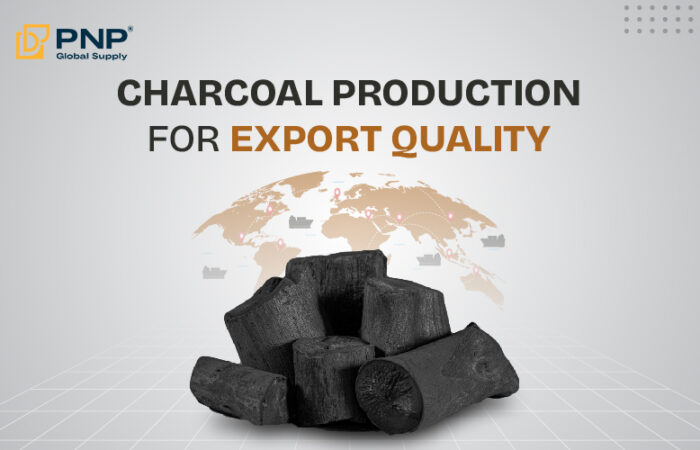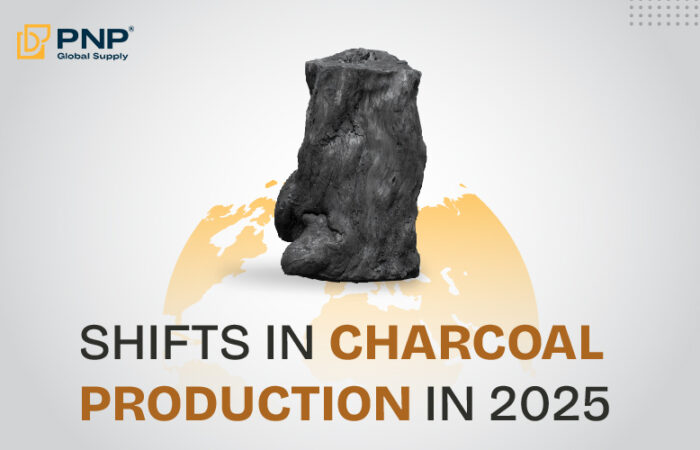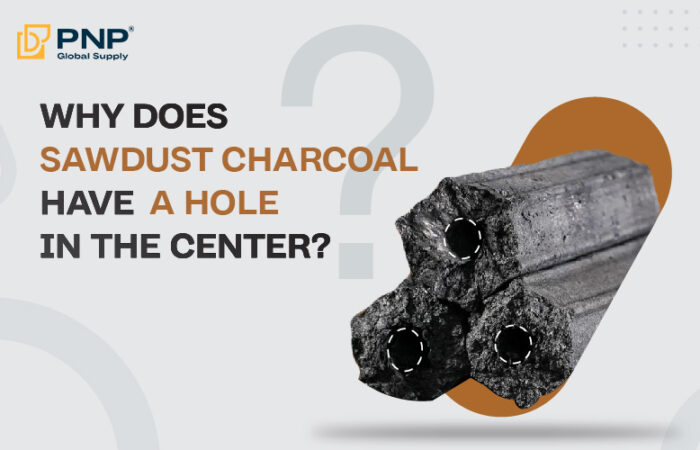Introduction
Charcoal has been a fundamental energy source for centuries, especially in regions where wood-burning fuels are essential for cooking and heating. The Traditional Charcoal Production Process, which involves the slow pyrolysis of wood in earth or brick kilns, has been passed down through generations. However, as we approach 2025, with environmental concerns becoming more prominent and technology advancing at a rapid pace, the question arises: Is this centuries-old process still viable, or is it time to shift to more modern methods?
In this article, we will explore the pros and cons of traditional charcoal production, how it compares to modern alternatives, and whether it still has a place in the world of charcoal production in 2025.

Overview of the Traditional Charcoal Production Process
The Traditional Charcoal Production Process is a simple but labor-intensive method where wood is burned in a controlled environment to convert it into charcoal. The process usually involves stacking wood in a kiln, covering it with soil or other materials, and then slowly burning it over several days to ensure it carbonizes without direct contact with oxygen.
Typically, traditional charcoal production uses hardwoods like oak, hickory, or other locally available species. The process is generally cheap to set up and doesn’t require much technology, which is why it has been a common practice in rural areas, particularly in developing countries.
While effective in producing charcoal, this method is also known for being inefficient and environmentally taxing due to its high emissions and the large amount of wood required for production.
Advantages of the Traditional Charcoal Production Process
Despite its limitations, there are several reasons why the traditional method remains in use:
- Low-cost production: Traditional charcoal production requires minimal equipment, which makes it a cost-effective method, especially in rural areas where resources are limited.
- Local employment: The process provides jobs for local communities, especially in areas where alternative income sources are scarce. It is a labor-intensive process, which means it can employ many individuals in areas that might otherwise have high unemployment.
- Cultural heritage: In many parts of the world, the traditional process of charcoal production is a part of the cultural heritage, passed down through generations. For many, the skills involved in making charcoal in this way are deeply ingrained in the community.
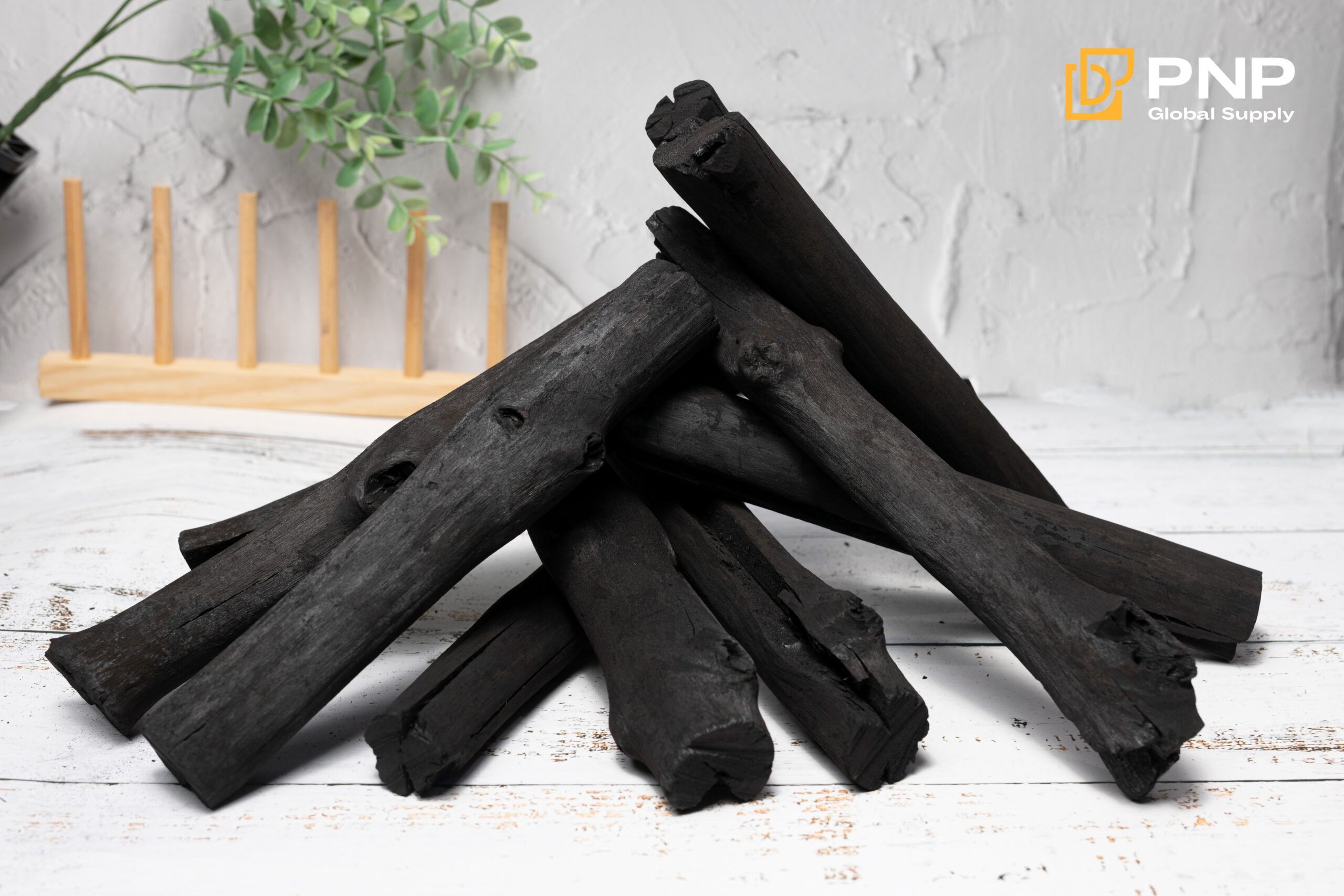
Challenges of Traditional Charcoal Production in 2025
As we move into 2025, the traditional charcoal production process faces significant challenges, particularly due to concerns about sustainability and the environment. Let’s take a closer look at some of these challenges:
Environmental Concerns
One of the biggest criticisms of the traditional charcoal production process is its environmental impact. This process relies heavily on the use of natural forests for the raw materials, leading to deforestation and habitat destruction. As global concerns about climate change and biodiversity loss grow, these practices have come under increasing scrutiny.
The burning process also releases significant amounts of carbon dioxide (CO2) and other pollutants into the atmosphere. In addition, much of the volatile organic compounds (VOCs) and particulate matter from traditional kilns are not captured, leading to poor air quality.
Low Efficiency
Traditional charcoal production methods are inefficient, with low yields of charcoal compared to modern methods. Typically, only 10–20% of the raw wood ends up as usable charcoal, while the rest is lost as gases or ash. This inefficiency makes the traditional method less economically viable, especially when compared to more modern systems that have much higher conversion rates.
Labor Intensity
The process of making charcoal traditionally requires a lot of manual labor. Workers need to build the kilns, monitor the burning process, and remove the charcoal once it’s done. This makes the process time-consuming and physically demanding, which is a challenge in regions where labor costs are rising, or where there is a shortage of workers willing to engage in this kind of work.
Find out more about charcoal production challenges and opportunities in 2025 in the article below: Charcoal Production: Challenges and Opportunities in 2025
How Modern Charcoal Production Methods Compare
As we approach 2025, new technologies have emerged that aim to address many of the challenges associated with traditional charcoal production. These methods often incorporate modern pyrolysis techniques, retort kilns, and carbonization machines, which are designed to be more efficient and eco-friendly.
Modern systems can convert 30-40% of the raw material into usable charcoal, compared to the low yield of traditional methods. Additionally, these processes often include systems to capture and treat the harmful emissions, significantly reducing the environmental footprint of charcoal production.
However, these systems require substantial investment in equipment and infrastructure, which may not be affordable or accessible in all regions. As such, modern charcoal production methods are often limited to larger-scale operations, while small-scale producers continue to rely on traditional methods.
Discover the different types of charcoal production and their unique processes in the following article: What are the Different Types of Charcoal Production?
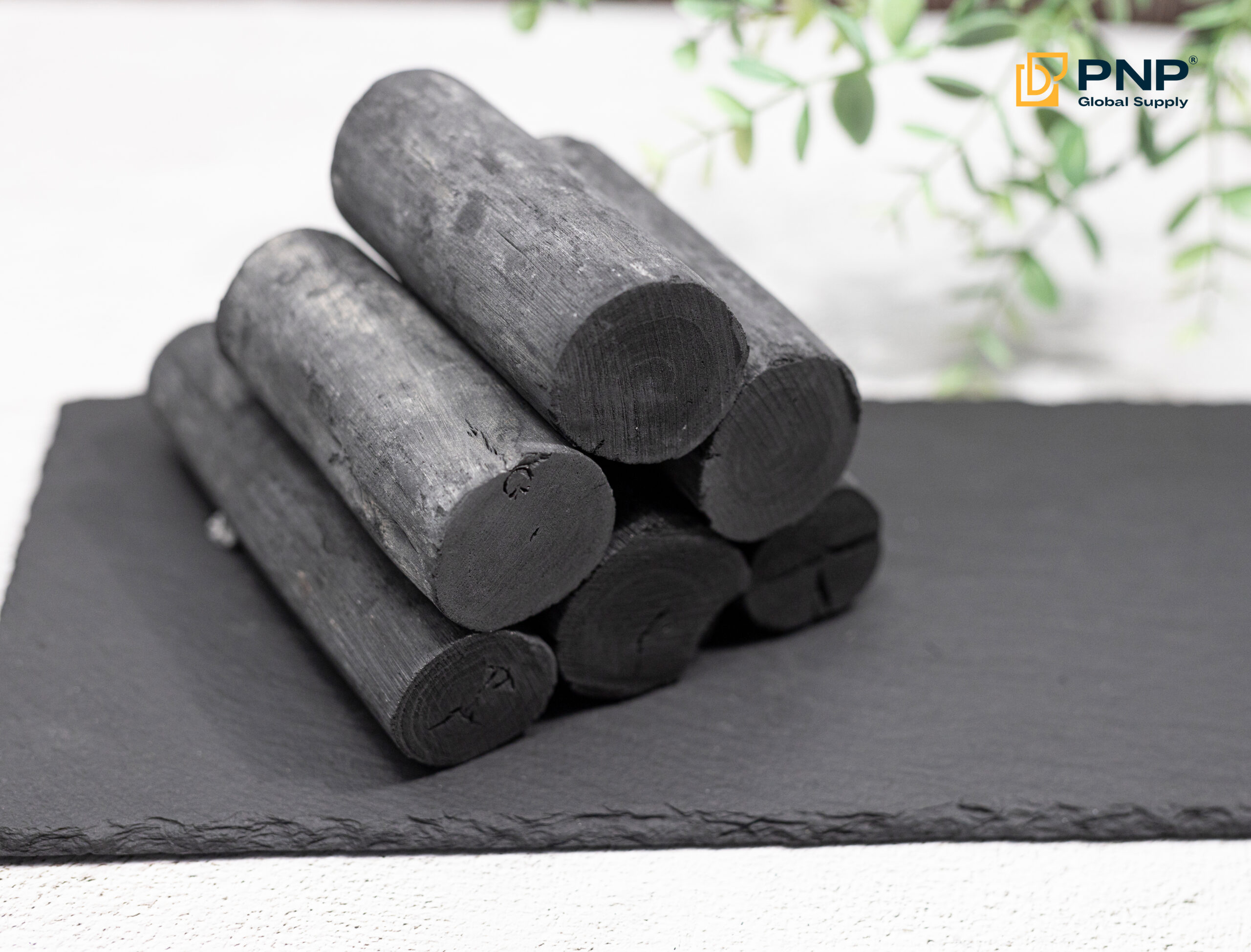
The Shift Toward Sustainable Charcoal Production
In response to growing environmental concerns, there has been a shift toward more sustainable charcoal production methods. Some of the innovations being explored include:
- Using agricultural waste: Instead of relying on trees, some producers are using by-products like sawdust, coconut shells, or coffee husks as raw materials for charcoal. This reduces the pressure on forests and helps recycle waste materials that would otherwise be discarded.
- Improved kiln designs: Some traditional producers are adopting improved kiln designs that are more efficient and environmentally friendly. These kilns are designed to capture smoke and emissions, thus reducing the amount of harmful gases released into the atmosphere.
- Carbon capture and storage (CCS): Modern systems that incorporate carbon capture technologies can significantly reduce the carbon footprint of charcoal production by trapping the CO2 and other greenhouse gases produced during the carbonization process.
While these innovations are promising, they are still not as widespread as traditional methods, especially in regions where the demand for cheap charcoal is high.
Future of Traditional Charcoal Production
So, is there still a place for traditional charcoal production in 2025? The answer depends on how producers adapt to the changing demands and challenges of the industry.
- Small-scale producers in rural areas may continue using traditional methods if modern alternatives are too expensive or unavailable. However, these producers may need to adopt more sustainable practices to meet regulatory requirements and consumer expectations.
- Governments and NGOs may provide financial incentives and training programs to help traditional producers modernize their methods. This could include providing access to cleaner technologies or encouraging the use of alternative feedstocks that don’t rely on deforestation.
- Eco-conscious consumers may demand greener charcoal options, leading to a rise in demand for sustainable charcoal produced with low environmental impact.
In the long run, the traditional charcoal production process will likely need to evolve to remain viable. It may continue to be a part of the charcoal industry, but it will have to incorporate more sustainable practices, such as using alternative raw materials and improving efficiency.
Conclusion
The Traditional Charcoal Production Process is facing significant challenges in 2025, primarily due to its environmental impact and inefficiency. While it continues to provide a livelihood for many, the charcoal industry is moving toward more sustainable and efficient production methods. However, this doesn’t mean that traditional methods are obsolete. By adapting to modern needs—through improvements in kiln design, raw materials, and emissions management—traditional producers can still play an important role in the evolving charcoal market.
Ultimately, whether traditional charcoal production is still “good” depends on how well producers are able to balance the demands of the market with the environmental responsibility and efficiency required in 2025.
________________________________
Contact us for more information
Facebook: PNP Charcoal
Instagram: PNP Charcoal
Email: info@pnpglobalsupply.com

